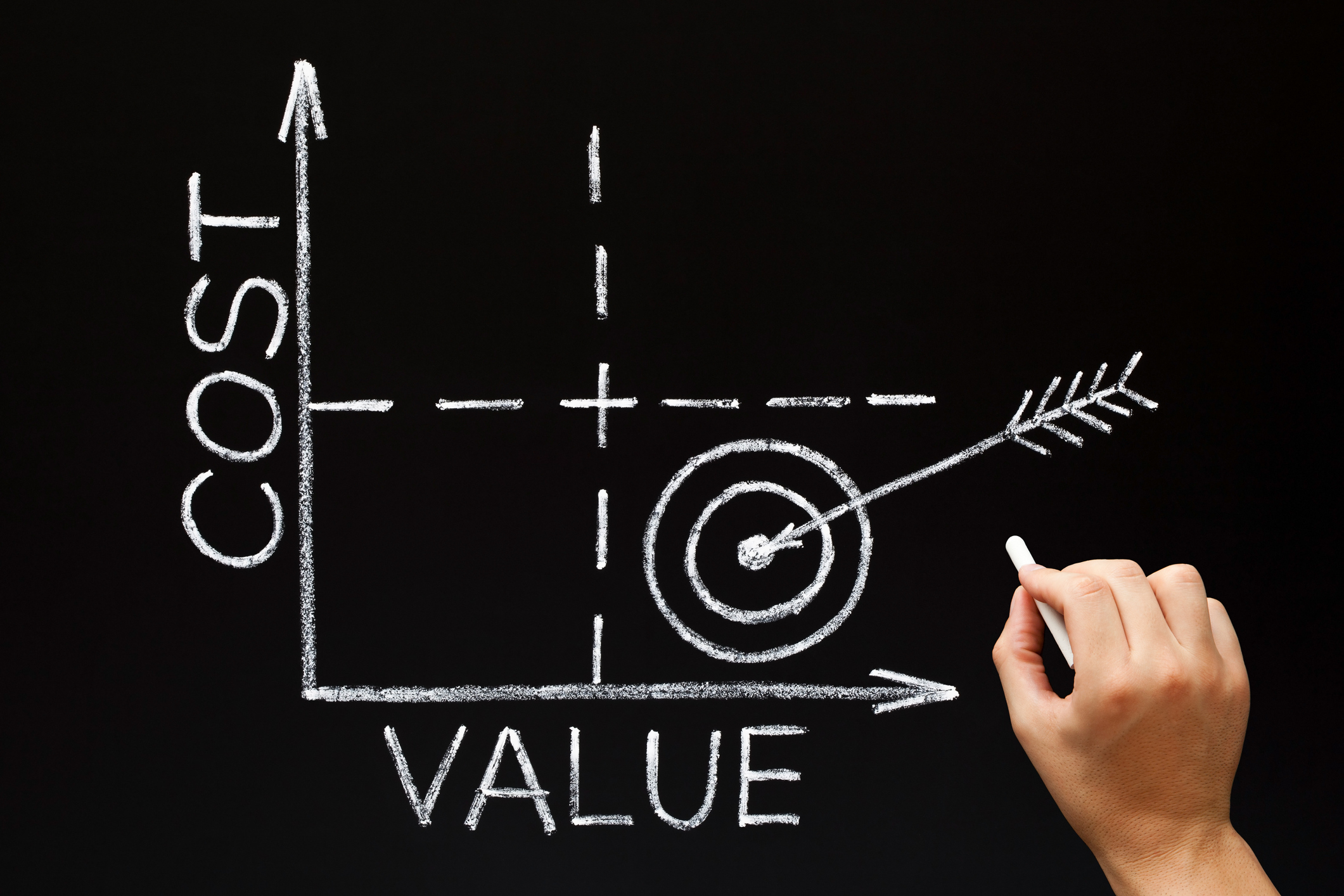Creating a Customer Value Map in Five Easy Steps
Every entrepreneur knows the key to success is creating a product customers want and charging the right price.
But how do you balance these two factors? How do you know if your prices provide a fair exchange between you and your customers? To answer these questions, create a customer value map.
A customer value map is a tool to help track customer perceptions of your product. It is a visual graphic that compares the benefits of your product with the cost and shows what you can do differently to improve your competitive stance in the industry.
And the beauty is they’re easy to use and even easier to create.
Key takeaways:
- A value map is easy to make and read. It compares your product’s benefit and price so you can deliver the best value and service to your audience.
- Your customers will be happy you help you improve their experiences. Ask them what you should be looking at.
- Update your map yearly. It may help you find new insights or new areas to work at.
Why You Should Create a Customer Value Map
Did you know that 35% of the records in your database are not actionable? That can add up to a lot of wasted time and effort on the wrong information.
Customer value maps, however, are never a waste of time. Instead, they give actionable insights that improve your product’s value and relationship with the customer. Taken together, this equals sales growth.
The key benefits of customer value maps include:
- Understanding where your product’s position in the marketplace
- Monitoring market changes and how to adjust to keep up
- Pricing appropriately and predicting how competitors will respond
- Identifying opportunities to update existing products and innovate new ones
- Comparing your value with competitors
In short, these maps assist in monitoring the balance between price and value and guides your adjustments to maintain that balance.
What makes these maps especially helpful is their visual nature which shows the most significant benefits of your product at a glance. Now, the time you used to waste analyzing data can create improvements and solve problems.
How to Create a Customer Value Map
The beauty of a customer value map is that you get all these benefits without hours of meetings and data analysis. The process of creating one is quite simple.
1. Let Customers Do the Talking
How can you find out what customers value most? It’s simple. Find your target population and ask them. Surveys and interviews provide invaluable insights into what customers think when they purchase a product.
Be sure to listen beyond the words. A customer’s tone and facial expressions can speak loudly about what excites them the most and what they actively avoid.
2. Identify Your Benefits and Costs
Let’s be clear. Benefits are not features. Features are what your product does. Benefits, on the other hand, are why the customer likes those features.
What value do customers get from your product? Why won’t they switch to your competitor? Why would they recommend you to someone else? Is your product valuable because it’s more accurate or easier to use? Does it stay up-to-date on the latest trends? Is it faster than other services?
Next, record the costs associated with each benefit. You don’t have to use a cupcake, as seen below, but using a graphic organizer of some type is often a helpful tool for visualizing the cost-benefit relationship.
Alt-text: Image explaining everything that goes into total customer benefits and costs, and how they become customer perceived value, like a cupcake.
3. Graph the Results
Once you’ve identified 4-5 benefits, assign weights or scores to each of them. For example, if customers tend to rank ease of use over speed, set a heavier weight to ease of use. Then discuss how each of your products scores and keep track of the rationale.
Then draw a simple graph with performance weights on the x-axis and price on the y-axis. Finally, place your benefits on the chart according to where they fall on both axes. You now have a customer value map.
4. Analyze the Data
With your map completed, look for ways to maximize customer satisfaction. You may not be able to lower your prices, but you can increase the reasons you are worth the price you’re asking and stay competitive. Focus on your strengths and find ways to maximize them at every customer touchpoint. Market differently to emphasize these benefits to new audiences.
The premium location on your value map is the upper right-hand corner, as shown below. This spot indicates the maximum benefit for both you and your customers. If you find yourself in the lower right, you have superior quality and are low on the relative price scale. Perhaps you’re worth a slight price rise.
Alt-text: Graph explaining how an item’s relative price vs. relative quality construct customers’ ideas of value.
Each quadrant tells a little different story about where you are concerning your customers’ wants and needs. You can also determine different service plans using this idea by varying the features of your product at different prices.
Consider creating a value map of your closest competitor and comparing it with yours.
Look at current trends in product development. There might be new products in your area of expertise that are missing your particular strengths. Perhaps there is a chance to innovate a new product to fill that niche.
Use your value map throughout the various departments of your business to maximize insights.
5. Update Annually
An old map isn’t going to show how your value holds up in an ever-changing market. Annual updates will go a long way toward keeping your insights fresh.
However, don’t just reestablish the old map. Look for new benefits. Break old benefits down into smaller factors that can be analyzed independently. You might find new insights that change how you engage your audience and what marketing strategies you employ.
Let Us Help You
Televerde is a leader in international sales and marketing that can increase your sales growth, generate top-notch leads, and boost customer engagement. We can help you target audiences, close deals, and provide compelling customer experiences and service.
If you are looking for ways to connect with your audience, we are the right company for you.


